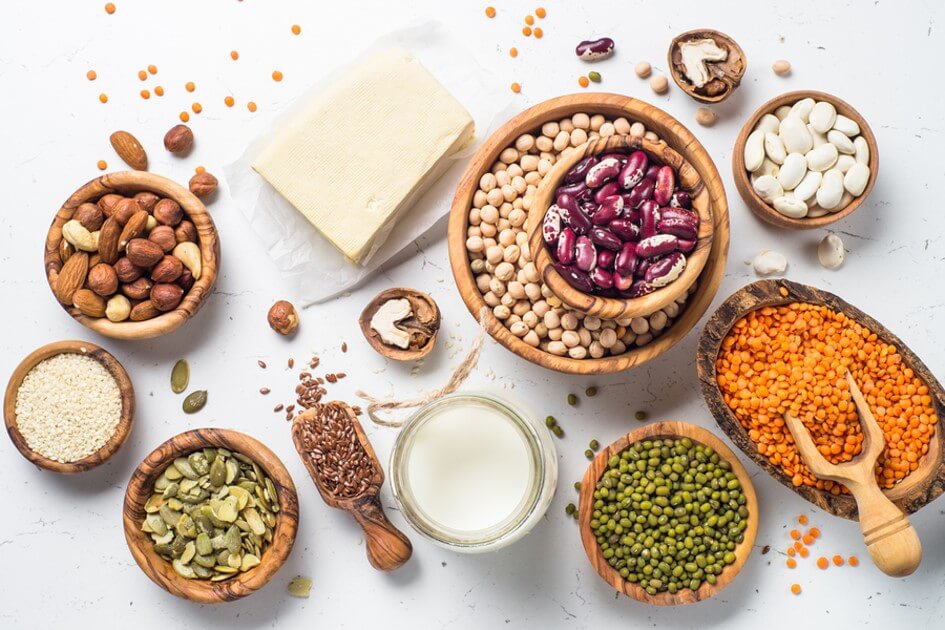Why Consumers Want Protein
Increasing protein intake is an important consideration for global consumers, especially those who are looking to lead more healthy lifestyles. Of those consumers who say they will eat and drink more healthily, 45% indicate increasing protein intake is a step they will take, according to FMCG Gurus.1 Unlike micronutrients like calcium and iron, for example, a deficiency in protein is extremely rare in developed countries. So why are consumers looking for protein?
From the Keto Diet to the Flexitarian Diet, protein has been in the spotlight. Protein is regarded by consumers as providing several important health benefits, including:
- Satiety – feeling fuller longer
- Weight loss and weight maintenance – both through satiety and as the basis of a low-carb diet
- Supporting muscle mass – to build muscle, as well as prevent muscle loss due to aging
Plant-Based Protein
Plant-based protein, in particular, has a health halo. Consumers perceive it as inherently healthy and associate it with a clean label. Products on the market that address consumers’ interest globally in plant-based proteins include Bounce High Protein Plant-based and Vegan Balls in Europe, By-Health Plant Protein Powder in China, and OWYN Vegan Protein Shakes in North America.


